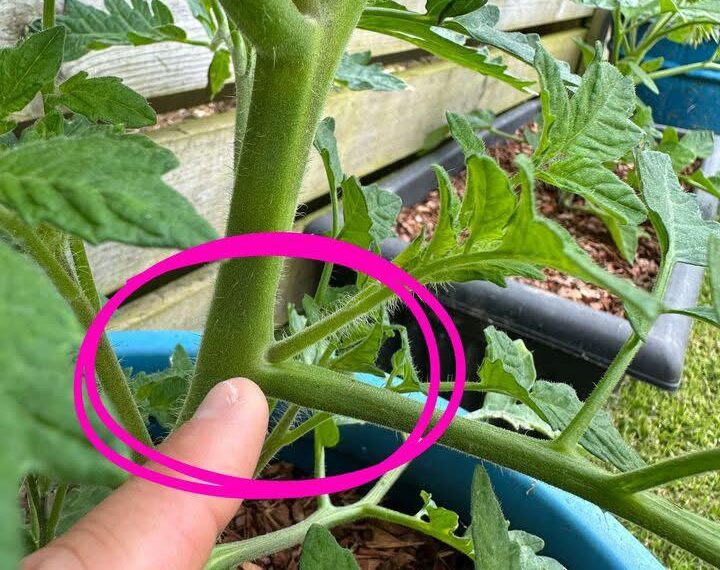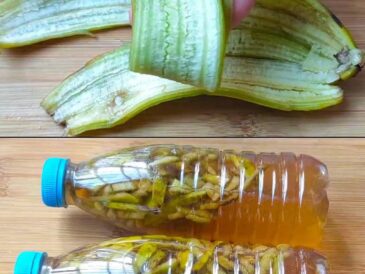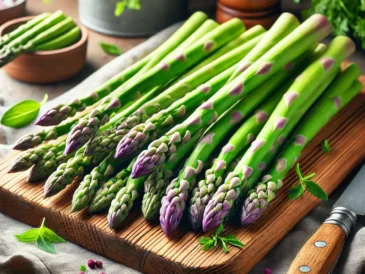When and How to Prune (Without Overdoing It)
While you don’t need to remove all suckers, some light pruning can help keep your plant healthy and productive. Here’s how:
- Focus on Airflow
- Remove any leaves or branches close to the ground to prevent disease caused by soil splashing onto leaves during watering or rain.
- Thin out crowded sections of the plant to improve air circulation, which helps reduce the risk of fungal diseases like blight.
- Support the Plant
- Use stakes, cages, or trellises to support the extra growth from suckers. Proper support prevents branches from breaking under the weight of fruit and helps maximize sunlight exposure.
- Adjust Based on Tomato Type
- Indeterminate Tomatoes: For sprawling, vining types, consider removing some suckers to manage size and focus energy on fruit ripening. But leave a few for balanced growth.
- Determinate Tomatoes: Prune minimally, as these plants have a pre-set size and fruiting capacity. Removing suckers can reduce yield.
- Prune for Timing
- Early in the season, you can remove a few suckers to direct energy to developing fruit.
- Later in the season, focus on removing only diseased, damaged, or excess foliage.
Final Thought
Pruning tomatoes is not a one-size-fits-all approach. Deciding whether to remove suckers depends on your tomato variety, growing conditions, and gardening goals. Instead of following rigid rules, observe your plants and prune thoughtfully to ensure a healthy, productive harvest.




